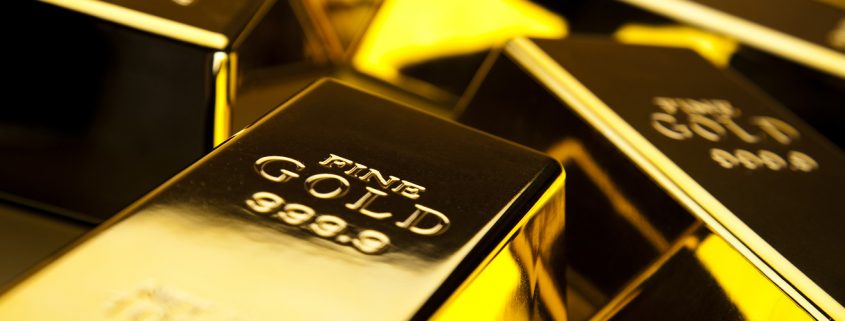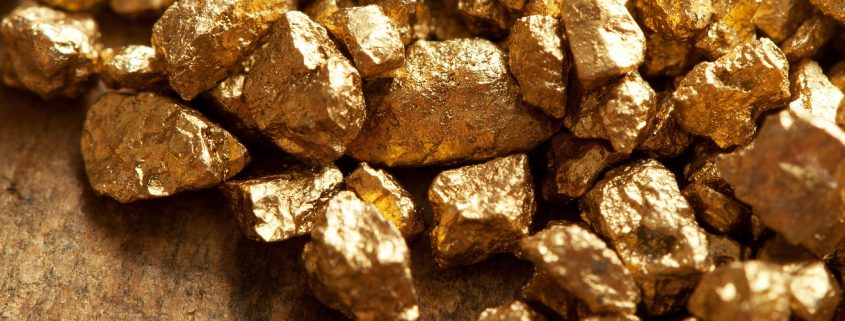Gold dips impacted by macroeconomic factors
Top things to know in today’s Market
- China downgraded by Moody’s for first time since 1989
- Metals slump on China downgrade
- Fed minutes on tap
- Gold dips, dollar steady ahead of Fed minutes
- Oil continues bullish run ahead of OPEC meeting
For further info on these 5, visit: www.investing.com
Gold prices
European trade today saw the plummet in Gold prices. It happened as investors are looking ahead to minutes of Fed Reserve’s latest policy meeting. It will bring out the further hints about the timing of next U.S. rate hikes.
Comex gold futures went down for $6.20, or around 0.5%. To the new price of $1,249.21 a troy ounce by 3:25AM ET (07:25GMT). Meanwhile, spot gold was at $1,249.52.
Previously, on Tuesday, gold lost about $6.00 per unit. Due to lower dollar and its six-and-a-half-month lows
Fed meeting
The Fed is going to release minutes of its most recent policy meeting at 2:00PM ET (18:00GMT). Currently, the traders are seeking further insight into the likelihood of higher interest rates in the following months.
The Fed’s publication will also provide some details on the Fed’s agreements about shrinking its huge $4.5 trillion balance sheet.
Interest rates of the United States central bank remained unchanged. This way they gave the positive evaluation to U.S. economy. It will probably still be on track for two more rate hikes of the current year.
U.S. economic data
At the moment, the U.S. economic data is a bit shaken by political turmoil in the White House. So the data combined with possible deepening political unrest is raising doubts over the Fed’s power. And its ability to boost rates as much as it would want. Speaking about the period till the end of 2017.
Currencies & data
The dollar index was at 97.32 in London morning trade. It fell to the lowest since November 9. Reaching the level at 96.70 at the start of the week. This happened due to political uncertainty surrounding the President Trump’s administration. It pressured the dollar lower.
Investor sentiment has been hit by fears that the U.S. political system could become swallowed by crisis. It could possibly prevent lawmakers from pushing through tax or spending reforms.  Which certainly would not be good for U.S. economy.
Which certainly would not be good for U.S. economy.
On the Comex, silver futures declined 17.3 cent. In percentage that is about 1%, to $16.96 a troy ounce.
Observing the global metals trading, platinum slipped 0.8% to $941.60. While palladium dipped 0.2% to $770.58 an ounce.
Copper futures fell 0.9 cents to $2.587 a pound.
Moody’s Investors Service downgraded China’s credit ratings on Wednesday. And significantly by one notch to A1 from Aa3. Quoting expectations that the financial strength of the world’s second-biggest economy would maybe erode in the coming years. Because growth slows and are being followed by debt which continues to rise.





